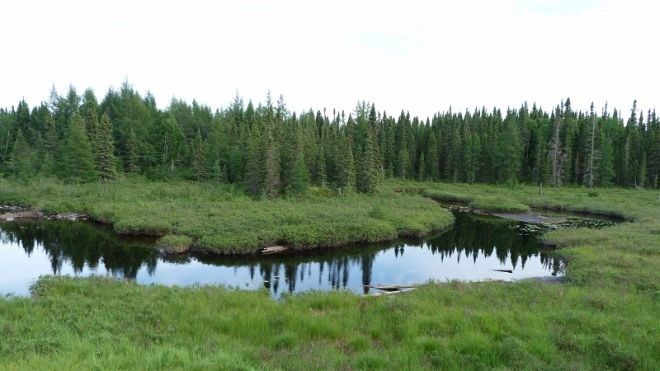The province is investing $6.7 million in four pilot projects that will use wood heat technology to save on energy costs, fight climate change and improve air quality.
Among the initiatives are two Indigenous-led projects, taking place in Wiikwemikoong Unceded Territory and Nishnawbe Aski Nation (NAN) territory. New wood and pellet heating systems will be installed free of charge for participants.
The remaining two municipally led programs will take place in Wawa and Sioux Lookout, where participants will receive rebates for the wood systems.
These locations were selected as they don’t have access to natural gas and rely on a mix of wood, propane, fuel oil and diesel-generated electricity to heat homes and other buildings. The new systems are expected to be installed this spring.
The funding comes from the Green Ontario Fund (GreenON), a non-profit provincial agency funded entirely by Ontario’s carbon market.
Duke Peltier, chief of Wiikwemkoong Unceded Territory, said the community is committed to reduce greenhouse gas emissions.
“With this project, 200 residents will be able to replace low-efficiency wood stoves and greenhouse gas-intensive heating sources with high-efficiency modern wood heating appliances,” he said in a May 2 news release.
“The project will also see the installation of wood pellet boiler systems in seven community buildings including schools and seniors residences. Under this project, we are excited to know that Wiikwemkoong will be able to reduce CO2 emissions of 14,000 tonnes over a 20-year period.”
The province said it would additionally invest up to $25 million for additional projects in Indigenous communities, including support for installation of ground source heat pumps, insulation and energy efficient windows to reduce reliance on carbon-intensive fuels, energy costs and greenhouse gas pollution.
It’s part of the province’s overall plan to invest up to $1.7 billion from the carbon market into the Green Ontario Fund in coming years.
The goal is to cut greenhouse gas pollution to 15 per cent below 1990 levels by 2020, 37 per cent by 2030 and 80 per cent by 2050.




